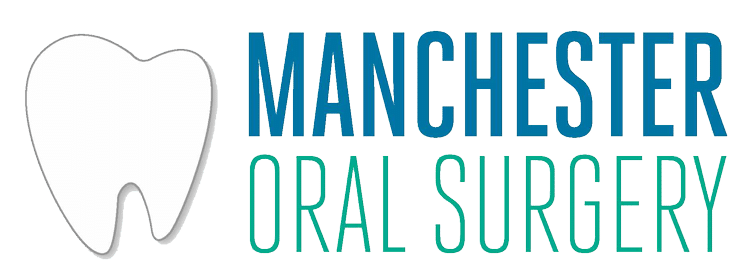Dental extraction, more commonly known as tooth removal or “having a tooth pulled,” is a common office procedure. There are many different reasons for removing a tooth. Sometimes your tooth can’t be saved because it is too severely decayed or broken. Teeth are sometimes extracted for orthodontic purposes to make more room in your mouth when your teeth are crowded. The majority of people are recommended to have their wisdom teeth removed because they don’t come in properly.
Whatever the reason for your dental extraction, you may have some questions about the procedure such as:
- Can I drive after getting a tooth extracted?
- What type of anesthesia will I need?
- What will recovery be like?
Learn the answers to these questions and more about dental extraction.
Preparing for a Tooth Extraction
If you have an upcoming dental extraction appointment, you may or may not need someone you can trust to bring you. Whether or not you can drive yourself to and from your procedure will depend on the type of anesthesia you’ll have:
- Local anesthesia. If you’ll be getting only local anesthesia for your tooth extraction, you will most likely be fine to drive yourself to and from your appointment. Local anesthesia numbs your mouth in the area where your tooth will be removed. You will be fully awake and aware during the procedure and afterwards.
- Nitrous oxide. Nitrous oxide is sometimes used, in addition to local anesthesia, to help patients feel more relaxed. It is a gas you breathe through a mask over your nose during the procedure. It takes effect quickly and wears off in just minutes after the mask is removed, so you should be able to drive yourself home afterwards.
- Conscious oral sedation. Conscious oral sedation is a sedative medication you can take by mouth before your procedure. It will help you relax, but you may also feel groggy or sleepy. Someone will need to drive you to and from your appointment because you take the medication before you arrive and it takes a few hours to wear off afterwards.
- IV sedation. IV sedation is a deeper level of sedation that is administered through a small needle in your arm. With this type of sedation, you feel as though you are asleep and have little to no memory of the procedure. You will need someone to drive you to and from your appointment because the effects of sedation will take the rest of the day to wear off.
Which Type of Anesthesia Will I Need?
The type of anesthesia used for your procedure will depend on the situation. If you are only having one decayed or broken tooth extracted, local anesthesia may be all that is needed. In the case of an impacted wisdom tooth that needs to be retrieved from under the gums within your jawbone, a deeper level of sedation may be recommended such as IV sedation. For patients with dental anxiety, sedation may be helpful to aid with relaxation, whether it be nitrous oxide, conscious oral sedation, or IV sedation. You and your oral surgeon can discuss the details of your procedure and choose a sedation option that works best for you.
The Recovery Process
After having a tooth extracted, it is a good idea to rest. Even if you have only local anesthesia, you should consider taking it easy for the rest of the day. After conscious oral sedation or IV sedation, plan to remain at home for the remainder of the day, preferably with a trusted caregiver to stay with you. If you feel up to it, you can return to your normal activities the following day.
Manchester Oral Surgery Provides Tooth Extraction
Manchester Oral Surgery specializes in dental extractions from routine tooth removal to complex extractions like impacted wisdom teeth. We provide a range of sedation options to make your procedure stress-free.
To learn more, call 603-622-9441 or contact us today to schedule an appointment.

